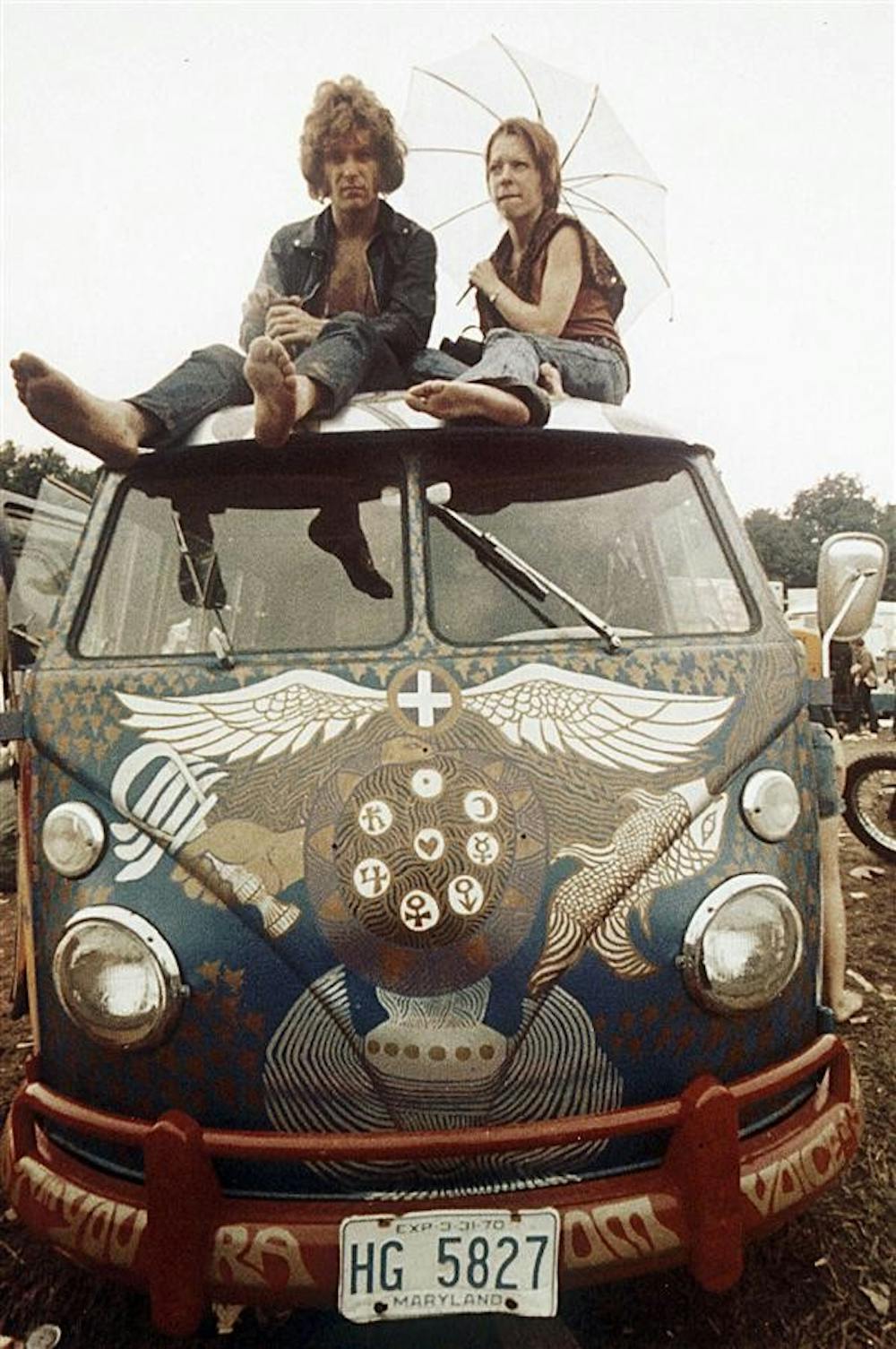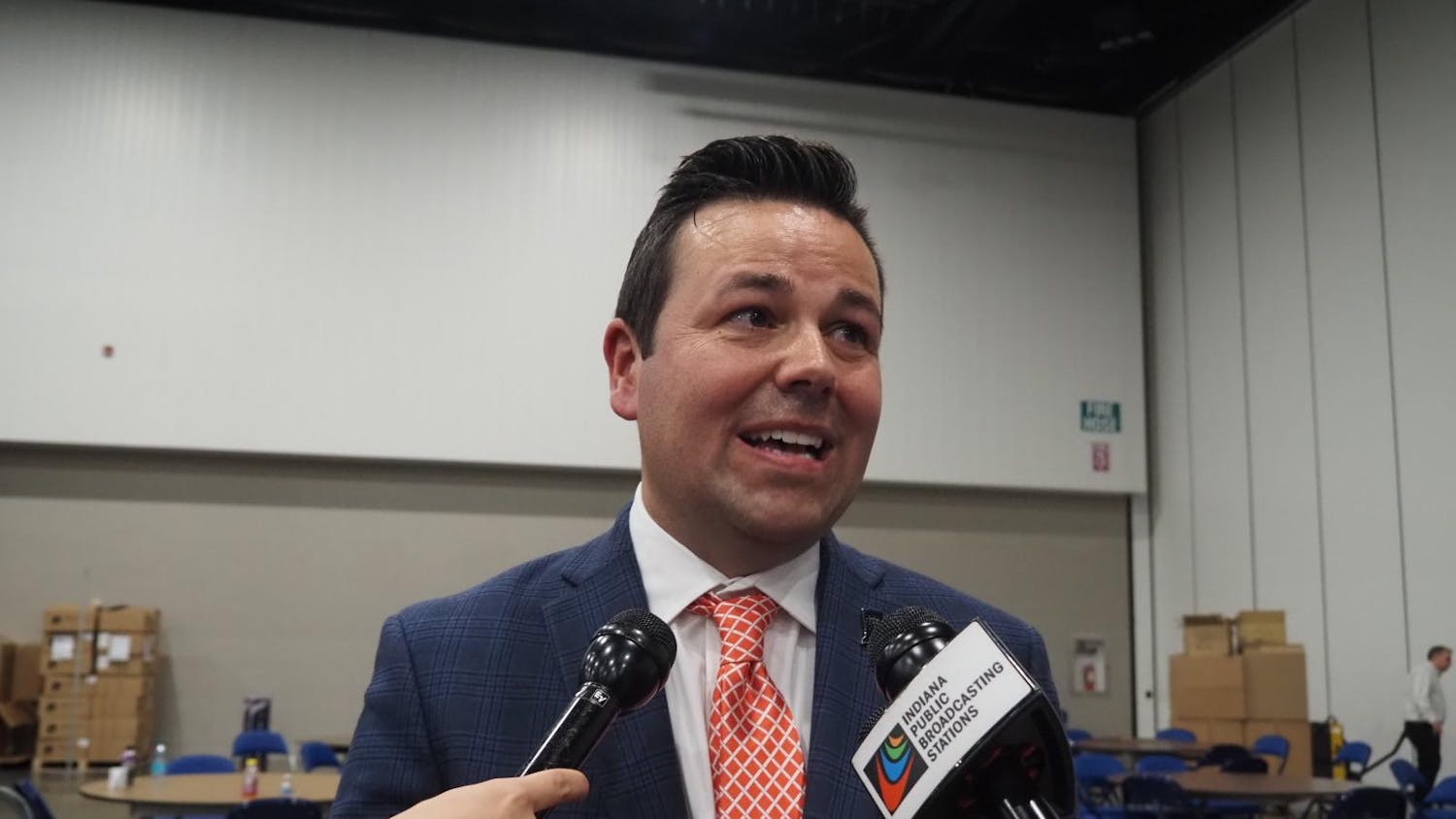For three days in 1969, peace, love and free music prevailed despite relentlessly dreary weather, a shortage of basic amenities and a sizable financial loss on the part of the organizers.
It was 40 years ago this weekend when 400,000 members of the “counterculture” descended upon a 400-acre cattle farm in rural New York. They overtook the little town of Bethel, N.Y., and its modest population of about 2,500 from Aug. 15-17, 1969. The Woodstock Music and Art Fair, as it was called then, has since become a cultural legend.
“But the myth is true,” said IU music professor Glenn Gass. “Half a million freaks gathered in one place and managed to follow through on their ideals: sharing, trusting each other and just getting along.”
This week, Sirius XM Radio is debuting “The Woodstock Channel,” and director Ang Lee’s film “Taking Woodstock” will be released later this month.
“They never miss a chance to pump a few million dollars of cash out of an anniversary,” Gass said.
Gass was a 14-year-old in Greencastle, Ind., when the first documentary recounting the festival was released in 1970.
“I was proud of Woodstock,” he said. “It was pretty lonely being a kid in Indiana with those kinds of values, so it was nice to see thousands of individuals like me gathered together in one place.”
But what kind of importance does Woodstock have for members of today’s younger generation who weren’t alive to see the 1960s and only know of the festival through its coverage in mainstream media?
“I think Woodstock has just sort of become a way for later generations to define the hippie counterculture,” said IU junior Ben Linder. “Right or wrong, we understand the ’60s through images of Jimi Hendrix playing the ‘Star-Spangled Banner.’”
Within recent years, large-scale gatherings have re-emerged as a popular form of musical demonstration. This year’s Bonnaroo Music & Arts Festival lured a crowd of about 80,000 to Manchester, Tenn., for four days to see performances by a diverse lineup of artists including Phish, Bruce Springsteen and Snoop Dogg.
Though smaller in size, festivals like this offer an experience that in some ways reflects the spirit of Woodstock, Linder said.
Linder has attended a number of music festivals, including Bonnaroo twice and Lollapalooza, which takes place at Grant Park in Chicago. About 200,000
concertgoers attended Lollapalooza this year.
“Every festival has a different feel and satisfies a different scene, but it’s still a gathering of like-minded people, just like Woodstock,” Linder said. “Woodstock was a just a good time for people fed up with the social climate. And in that sense, it wasn’t all that different from today’s music festivals, be it Bonnaroo or Ozzfest.”
Brendan Luchik is a member of Our Future Now, a group of Chicago-based artists organized with the aim of spreading environmental awareness at music festivals. He said he does not see Woodstock’s relevancy to the modern world.
“People look back on it and see it as an inspiring moment in counterculture history, and it may have been for those who were alive during that period,” Luchik said. “But most people born after the fact probably have no idea what the Woodstock experience was actually like. Festivals happen all summer. That vibe has carried on. People should stop being infatuated with the ’60s and start checking out what’s going on now.”
Woodstock influences music after 40 years

Get stories like this in your inbox
Subscribe





